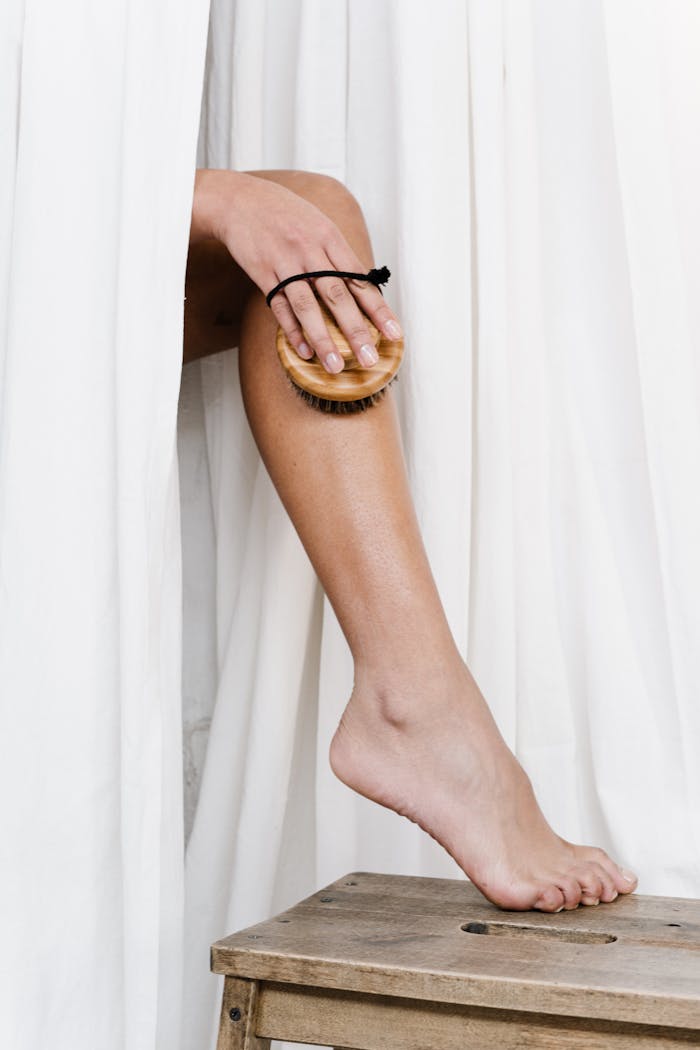Bamboo Towels
What are BambooTowels? Bamboo towels are a type of towel made from bamboo fibers, which are derived from the bamboo plant. They have gained popularity due to several key benefits: What Are They and How Are They Different? Bamboo towels are towels made from bamboo fibers, and they differ from traditional towels primarily in their material and some key characteristics. Here’s a breakdown of what they are and how they stand out: What Are Bamboo Towels? How They Differ from Other Towels Summary In summary, bamboo towels offer a combination of softness, absorbency, and eco-friendliness that sets them apart from traditional cotton towels. Their unique properties make them a popular choice for many consumers looking for high-quality, sustainable options. How are Bamboo towels produced? Bamboo towels are produced through a multi-step process that involves harvesting bamboo, processing it into fibers, and then weaving those fibers into towels. Here’s a breakdown of the production process: 1. Harvesting Bamboo 2. Processing into Fibers 3. Spinning into Yarn 4. Weaving into Towels 5. Finishing Treatments 6. Cutting and Sewing 7. Quality Control 8. Packaging This process highlights the journey from raw bamboo to a soft, functional towel, emphasizing the sustainability and quality of bamboo as a textile choice. Where can you find the best Bamboo towels? Finding the best bamboo towels involves considering factors like quality, sustainability, and customer reviews. Here are some popular places and brands where you can find high-quality bamboo towels: 1. Online Retailers 2. Specialty Home Goods Stores 3. Eco-Friendly Brands 4. Direct-to-Consumer Brands 5. Local Stores and Boutiques Tips for Choosing the Best Bamboo Towels


